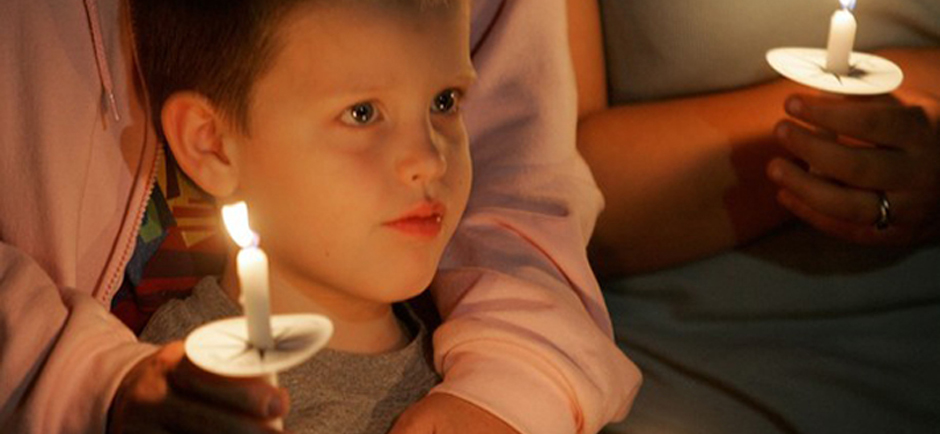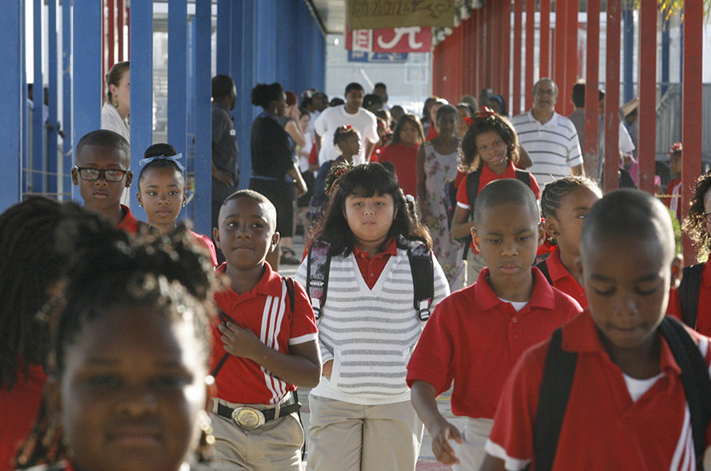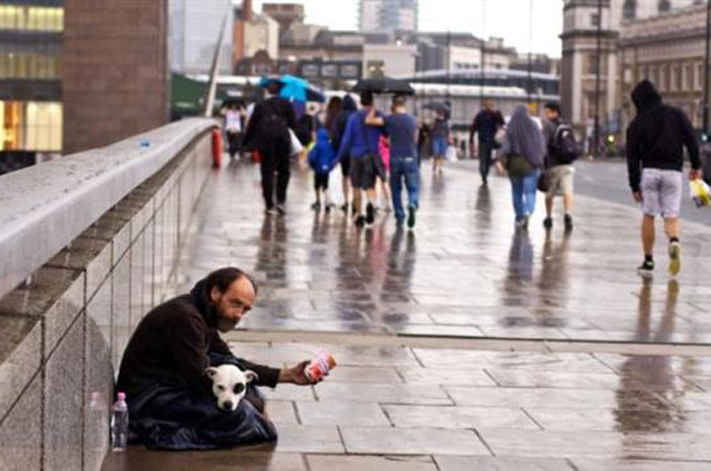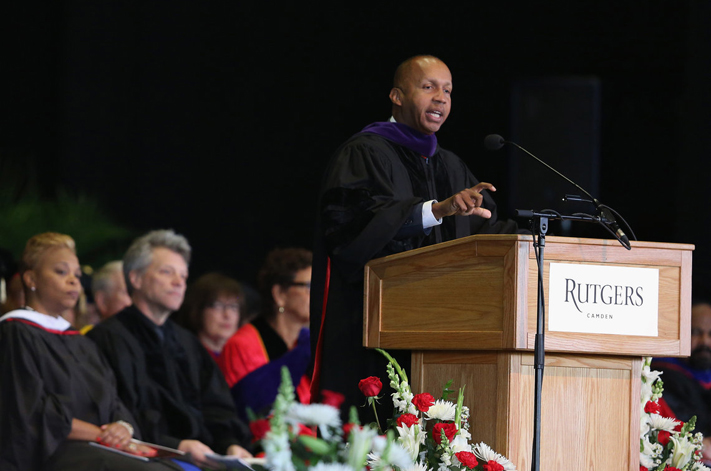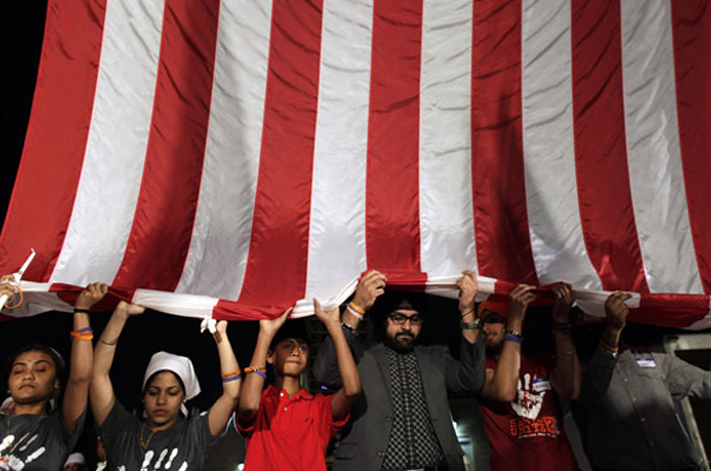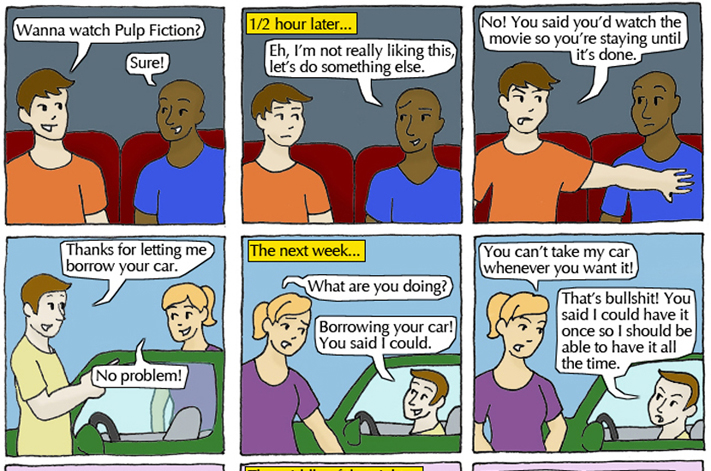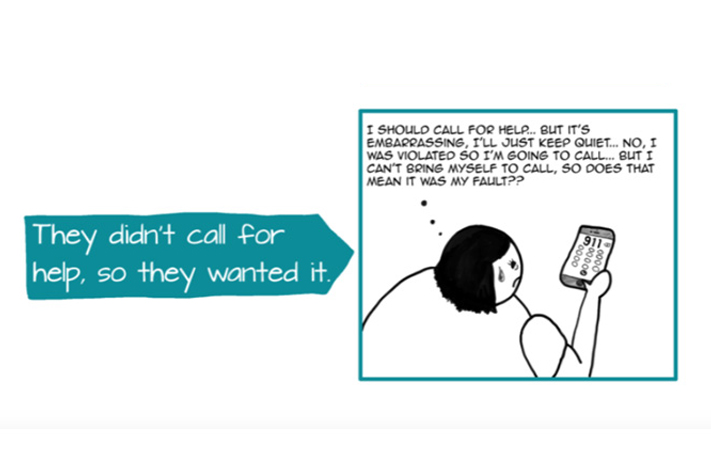Project Description
School Violence on the Rise
President Bill Clinton convened such a forum in 1999. Educators, policy-makers, law enforcement officials, and adolescent-development specialists came to the Radcliffe Institute for Advanced Study on May 21, 2002. Each group was equally intent on investigating the causes and effects of Lethal School Violence. In the symposiums, experts sought solutions. Everyone wanted [and wants] to protect our progeny.
At the time, programs were initiated; yet, the violence continued. In the last month or more, we as a nation are wondering; is there no end? Will our children, our Educators, we, as a society, ever be safe?
Citizens again ask how can we secure our schools and shield our offspring from societal harm. Finally, an answer comes from a Wisconsin lawmaker. Representative Frank Lasee proposed that Teachers and Administrators carry guns daily and use these when necessary. “In the wake of school shootings in Wisconsin, Colorado, and Pennsylvania” he would “introduce legislation that would allow teachers, principals, administrators, and other school personnel to carry concealed weapons.” At the time, the Republican Representative believed our communities will be safer if everyone were armed.
Unrelated To Gangs
Upon hearing this story, our country held its breath as it does now. Jointly we release a communal sigh. Still the violence increases as is evident in these last five weeks. There is talk. What measures can we take to guard against weaponry?
Cable New Network reported, metal detectors were introduced in educational institutions after a 1992 shooting.
In 1994, the federal government began requiring school safety programs in an attempt to crack down on violence on school grounds. Many schools introduced metal detectors to check for guns, knifes and other weapons . . . although the Supreme Court eventually overturned the federal requirements, most school safety measures remained in place. In Los Angeles, California for instance, [as of 1997] all high schools still use some sort of metal detectors.
However, it is clear, these actions do not secure the premises. Zero tolerance campaigns were invoked. Violations are and were numerous.
Parents, administrators, teachers, and staff were told to observe student behaviors; they were asked to attend to warning signs. Discipline problems were considered predictors; yet, this was not always the case. Offenders did not only come from within the school system, they enter and exist throughout society. Witness the killings within the last month or more [before and during September 2006.]
Machines and Mandates
Violent crime continues to be a major problem and I suspect this will continue as long as we look for simple solutions. I observe, when we as a country, focus on machines and mandates as a means for deterring violence in schools and within society at-large, we ignore the violator. I believe the life of the perpetrator is most telling. This is the key component in a crime that can be influenced and altered. If we address it early enough and treat root causes sincerely and seriously we can make a difference.
More Are Killed
I propose we look at life, at our daily existence and the stress our culture promotes, rather than hypothesize; how might we use technology and authority to control the minds and misdeeds of men and women. I theorize if we assess the way in which we live and the life standards we choose to accept, then, we might be able to prevent these carnages.
I request that you, dear reader, consider what passes for the “common wisdom.” Is it sensible? Please ponder accepted theories and simple solutions with me. Then ask yourself, what might we do to truly change what comes?
On Monday, October 2, 2006, a deeply distressed man entered a one room Amish schoolhouse. He excused all the male pupils and personnel. He was interested in only the young female students. It is not known whether the church-going milkman intended to molest the girls; though there is evidence to suggest that he did. However, what is certain is that the perpetrator shot these little lovelies before taking his own life. Pennsylvania schoolhouse killer Charles Carl Roberts IV revealed in a telephone call to his wife, at the age of twelve he molested two young relatives. Events of 20 years past haunted the man throughout his life. Guilt took Roberts’ life and the lives of several young innocent Amish girls.
Five days earlier, in Bailey, Colorado an armed drifter walked into Platte Canyon High School. He then entered a classroom. The transient demanded that all the men leave the area. He wanted to be alone with the girls he corralled into a classroom. According to a student and her mother, Duane R. Morrison seemed to prefer smaller, blonde girls. This disturbed wanderer with his quarry of petite flaxen hair maidens proceeded to sexually assault some of the six young girls he held hostage. Ultimately, he shot one before killing himself. Some social scientists theorized `girls are the targets in school violence.
MSNBC News reports revealed, after the crime, “at their home in Tulsa, Oklahoma, Morrison’s stepmother said she and her husband, Bob Morrison, have no record of him being, having any trouble before.” “We just know the way he was raised,” Billie Morrison said, declining to elaborate. “How was he raised? Some experts think the relationships established in the lives of the killers might offer answers. In the series of recent rampages there is a seemingly notable consistency. An article in the Christian Science Monitor observed . . .
“The predominant pattern in school shootings of the past three decades is that girls are the victims,” says Katherine Newman, a Princeton University sociologist whose recent book examines the roots of “rampage” shootings in rural schools.
Dr. Newman has researched 21 school shootings since the 1970s. Though it’s impossible to know whether girls were randomly victimized in those cases, she says, “in every case in the US since the early 1970s we do note this pattern” of girls being the majority of victims.
A Complex Problem
Forensic psychiatrist Keith Aldo says mental health problems, especially among young people, too often go ignored and untreated. “Everybody in the class often knows who the troubled kids are. Parents know. Teachers know,” he says. “And if anything we should know that there is a preventative bit of medicine, psychological medicine to be dispensed in our classrooms earlier than we have been doing.”…
He says unresolved issues can continue to haunt a child throughout life. “The more that you can express your feelings of fear, the more that you can talk about your reactions to terrible events, the less that those events are going to be toxic to you later on.”
Aldo says airing such concerns helps build a stronger and safer community. Kenneth Trump, president of National School Safety and Security Services, agrees. He says the community must work at making schools safe places. “It happens by making sure that the first and best line of defense is a well-trained, highly alert school staff and student body who are aware of changes in behavior of other students as well as strangers who are walking around in parking lots and the hallways of our schools.”
I believe the more recent incidents confirm the quandary has many causes. The dilemma is not limited to youth acting out against their harassing, haranguing, or hounding classmates. These incidents are not only a reaction to discrimination from peers. Parents are not the central problem. This transgression is as all others, complex.
The complexities that cause violent crime in our nations schools are similar to those that create terrorism. Rex A. Hudson reflects in a report prepared under an Interagency Agreement for the Federal Research Division..
Terrorism usually results from multiple causal factors – not only psychological but also economic, political, religious, and sociological factors, among others. There is even a hypothesis that it is caused by physiological factors, as discussed below. Because terrorism is a multi-causal phenomenon, it would be simplistic and erroneous to explain an act of terrorism by a single cause, such as the psychological need of the terrorist to perpetrate an act of violence.
For Paul Wilkinson (1977), the causes of revolution and political violence in general are also the causes of terrorism. These include ethnic conflicts, religious and ideological conflicts, poverty, modernization stresses, political inequities, lack of peaceful communications channels, traditions of violence, the existence of a revolutionary group, governmental weakness and ineptness, erosions of confidence in a regime, and deep divisions within governing elites and leadership groups.
International terrorists, sadistic student rebels, and lone executors have a common bond; society and stressors impact their lives severely.
Student’s killers are often exposed to frequent slights from peers or parents, just as some terrorists feel slighted by our treatment of their culture and religious practices. These snubs are evident if society as a whole and those functioning within the system choose to recognize them. The stress in young lives can be reduced or eliminated if we attend to these grievances quickly.
Frustration and Persecution
Religious or political zealots, the defiant, defensive, and the righteous also are products of their environment. They may act out against nations or peoples; still, the source of their rage is apparent if we choose to look for it. Each of these executors feels persecuted and why not.
In a world where frustrations are ignored or attributed to authority figures, women, or circumstances beyond our control, there is much to feel frustrated about. Students feel stuck in school, at home, or in lives that demand much of them and give little in return. Adults, loners and cult followers alike, feel lost in the unresolved circumstances of their past and present. They want to affect the future. However, in the future, as in the present, and the past, people are not the focus. Folly and failed systems are.
We evaluate preventive mechanized and legal measures. We disregard the fact that these are not effective.
I propose we look at life, at our daily existence and the stresses our cultures promote. I theorize if we assess the way in which we live, the life standards we accept, then, we might be able to prevent these mass and individual tragedies.
Can we as a nation protect ourselves from aggressors? I contend, guns cannot prevent a crime. Only if we face the genuine pain that prompts their reactive behaviors will our children, our Educators, and our communities be safe.
Original © copyright 2006 Betsy L. Angert. | Published in Youth; Opposing Viewpoints
Photographic Image: (October 3, 2006 – Source: Mark Wilson/Getty Images News)
References For Reflections…
- Arizona Shooting. The New York Times.
- GOP Rep. Proposes Bill Allowing Members to Carry Guns on Capitol Hill. CBS News. January 14, 2011
- After Tucson shooting, several congressmen vow to carry guns more often. By Sandhya Somashekhar. Washington Post. January 14, 2011
- 2 pols say they’ll be armed back home, By Erika Lovley. Poitico. January 2, 2011
- Protecting lawmakers: Arm them? Install shields? By Charles Barrington and Donna Cassata. The Associated Press. January 11, 2011
- President’s Radio Address. Office of the Press Secretary. October 7, 2006
- Clinton On School Violence. Online News Hour. April 22, 1999
- Researchers aim to understand school shootings, By Beth Potier. Harvard Gazette. May 30, 2002
- Strategies to Keep Schools Safe (Unabridged), By Alexander Volokh with Lisa Snell. Policy Study No. 234. Reason Public Policy Institute. January 1998
- Are US Schools Safe? Cable News Network.
- Wis. lawmaker wants teachers to carry guns, MSNBC News. October 5, 2006
- Survey: 1.7M kids at home with loaded guns, By Marilyn Elias. USA Today. September 6, 2005
- Wrestling For Our Children’s Future, Remarks of FCC Commissioner Gloria Tristani. October 12, 1999
- Timeline of incidents. School violence around the world, IndyStar.com. Updated: Oct. 2, 2006
- A pattern in rural school shootings: girls as targets, By Gail Russell Chaddock and Mark Clayton. The Christian Science Monitor October 04, 2006
- Police: School killer told wife he molested family members. Cable News Network. October 3, 2006
- Details from Colo. school shooting emerge. MSNBC. September 28, 2006
- The National Rifle Association.
- The National Rifle Association [NRA] Official Suggests Guns for Teachers. NewsMax.com Wires. Saturday, March 26, 2005
- Do We Need Zero Tolerance? Report on the Implementation of the Gun-Free Schools Act in the States and Outlying Areas; School Year 2000-2001. Youth Violence Project Homepage
- Cheney accidentally shoots fellow hunter, By Dana Bash. Cable News Network. Monday, February 13, 2006
- Deadly School Shootings Point to Untreated Mental Problems, By Rosanne Skirble. The Voice of America. October 4, 2006
- Police: School killer told wife he molested family members, Cable News Network Story. October 3, 2006
- The Sociology and Psychology of Terrorism: Who Becomes a Terrorist and Why? By Rex A. Hudson. The Federal Research Division, Library of Congress. September 1999
- Researchers Investigate Aggressive Students’ Mental Health, By Michelle Trudeau. Morning Edition. August 14, 2006
- Where We Stand, Nationwide Threat Level Remains Yellow/Elevated. Transportation Security Administration … Vigilant, Effective, Efficient. U.S. Department of Homeland Security.
- Domestic Security: The Homefront and War on Terrorism. Compiled by Dave Belt. Online NewsHour. March 27, 2006
- Oregon school shooter showed signs of mental disease. Cable News Network. November 5, 1999
- U.S. schools: Security by metal detector? In Los Angeles, all high schools use metal detectors. By Anne McDermott. Cable News Network Story. December 2, 1997
- Airport detectors still vulnerable to terrorists, By George Lewis. Today Show. MSNBC News. September 8, 2004
- Airports allowing two tries at metal detector. Cable News Network. Thursday, January 15, 2004
- School Violence Prevention, By Dean Walker. Clearinghouse on Educational Policy and Management. March 1995
- Isolation. Insulation. The Go-Go Garage Society and Its Islands By Betsy L. Angert. Be-Think. June 26, 2006
- Mental Illness and the Family: Stigma: Building Awareness And Understanding About Mental Illness. National Mental Health Association.
- Access to Mental Health Care. National Mental Health Association.
- Did You Know? National Mental Health Association.
- Leading the Way For Americans Mental Health. National Mental Health Association.
- Stress. Well-Connected Reports. Harvard Medical School and Massachusetts General Hospital. Nidus Information Services.
